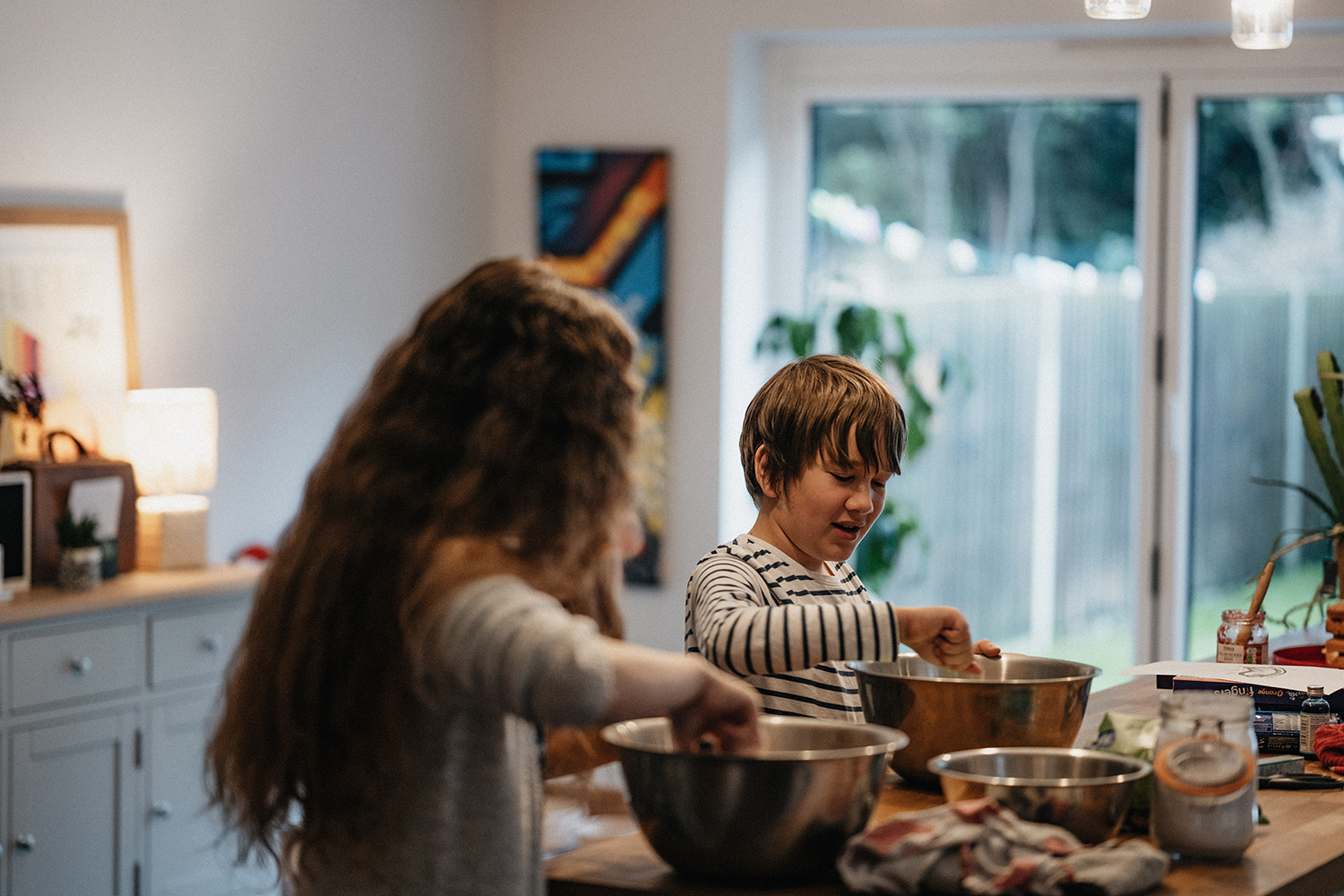A lot of people wrongly assume that custody and guardianship are the same thing, or at least that they are the same in all but name. While both relate to the care of others, they are not the same. There are some key differences between custodians and guardians.
Understanding the difference is crucial, especially if you are heading into any legal proceedings. A good guardianship attorney can make all the difference and help you to win any case brought forward.
What is Custody?
Custody of a child can relate to both physical and legal custody.
Physical custody means physical control of the child for a period of time, having them stay in your house at that time, for instance. So, someone who isn’t the custodian may have rights to see someone for a certain time, and in that time they have physical custody.
Legal custody means the authority for decision-making regarding children, and things like their schooling or any medicine they are taking.
What is Guardianship
Guardianship, on the other hand, generally refers to a legal relationship in which one party (‘the guardian’) is empowered to act for the benefit of another (‘the ward’).
Guardianship is slightly different, it refers to a legal arrangement. The guardian is allowed in the eyes of the law to act for the benefit of the “ward” or young person in question. The relationship can be a good way to help to look after both children but also adults with mental disabilities. The responsibilities of guardians aren’t the same as of parents or custodians, but they do need to keep the child safe and protected, guardianship can also be temporary in some scenarios such as the parents being alive but unable to provide care.
What Decision-Making Power Do Custodians and Guardians Have
Custodians are usually more involved in the decision-making of a child or vulnerable adult, and creating a course for their life and future. Having custody of a child means having the majority of the rights that parents ordinarily have, depending on any court arrangements which may limit custody.
If you are a guardian of a child then there is every chance that you will just be making the day-to-day decisions. You might be helping a child with their homework, deciding what they eat for their lunch, and more, but you won’t be making the big decisions such as how an illness is treated.
What’s the Difference Between Physical and Legal Child Custody
Physical custody over a child is having them in your physical presence and being able to look after them for that time. For instance, separated parents may share custody, and one sees the child at the weekends while the other sees them during the week. Legal custody is more related to decision-making and being able to have a steer over the child’s life. This means choosing things like how they will be cared for, where they go to school, and more.
Who Appoints a Custodian or a Guardian
A custodian or guardian is appointed by the court, with a judge having the final say on who is appointed after looking at the evidence and often the wishes of parents if they have passed away.
If the change in custody is a shock and nobody has planned for it then the courts will be able to rule over the custody or guardianship of a child or a vulnerable adult.
Who May Receive Custody or Guardianship
A court can appoint a guardian or custodian, and only a judge has the power to make the final decision. However, that doesn’t mean people don’t have any input on their own children. Estate planning is crucial, and in your will you can outline who you would like to take custody of your children in the event of you passing away. This is why it is so crucial that you have quality legal representation.
In order to be a custodian or a guardian in the US, you must be a US citizen, of sound mind, without being convicted of any felonies. It is also crucial that you are 18 years of age or older. For instance, a 17 year old could not take custody of a relative.
Duration of Custodianship vs. Guardianship
In short, guardianship can be temporary. For instance, if the parents are still alive but not able to take care of their children at the current time. This could even be kept under review.
If a court grants permanent guardianship or custody then this will usually last until a minor is 18 years old, or there are some situations where it can end early. For instance, if they join the military or get married. Plus, if a court deems that a guardian can no longer carry out their duties and look after the individual in question, guardianship can be terminated.
Guardianship and custody is quite complex, and applies to minors as well as adults who are suffering from a mental illness or handicap in some scenarios. The court proceedings can be complicated and there are plenty of lawyers who specialize in the area and getting what is right for a child. Decisions are made by a judge, even if a parent has outlined who they would like to take care of their children.







